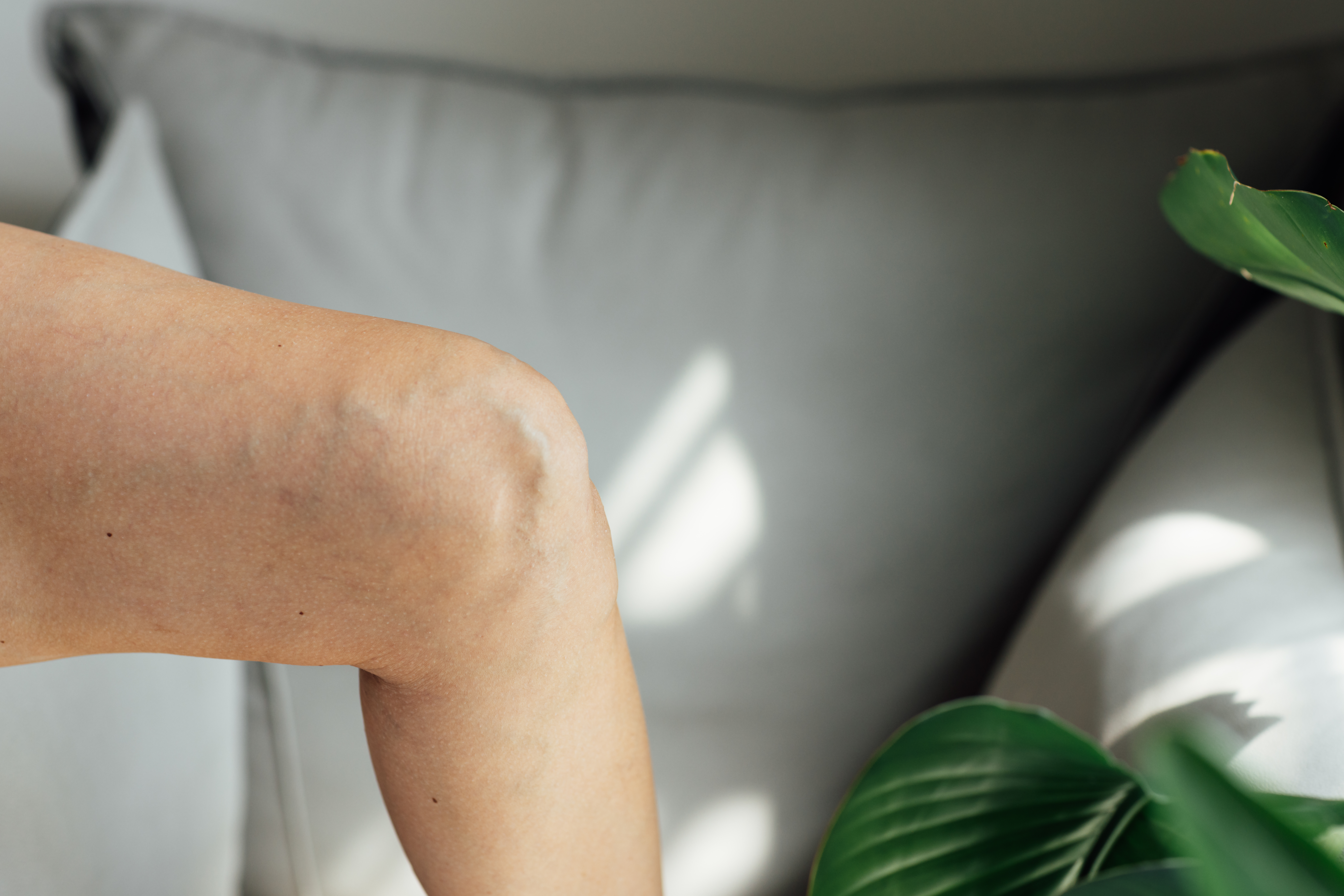Varicose veins are characterized by swollen discolored and twisted like veins that appear in the legs.
Varicose veins develop in a gradual manner and may get worse over time. Individuals with varicose veins may not understand their impact until it’s too late. Recognizing the early stages of varicose veins and their symptoms is crucial in preventing vascular diseases.
In the infant stages of varicose veins, small changes in the legs may appear, but can be unnoticeable. Let’s take a closer look at the signs and symptoms that can help us identify and detect varicose veins in their initial phase.
Symptoms may include:
1. Heaviness in the legs:
Feeling heavy in the legs is a common symptom felt in the beginning stages of varicose veins. This may occur after extended periods of sitting or standing. The heaviness may seem normal initially, however, it may gradually worsen and increase in frequency.
2. Aching or Throbbing:
People in the early stages of varicose veins might feel aches or throbbing in their legs, especially in the calf muscles. This discomfort can intensify with physical activity or in warm weather but may ease with rest or by elevating the legs.
3. Swelling:
Mild swelling, especially around the ankles and lower legs, is another early symptom of varicose veins. This swelling tends to become more noticeable by the end of the day or after long periods of standing or sitting.
4. Itching or Burning Sensations:
For some individuals, there could be itching or burning sensations over the affected veins. This discomfort might come with redness or irritation of the skin and could get worse with heat or friction.
5. Visible Veins:
While varicose veins may not be visibly apparent in the early stages, some individuals may notice small clusters of dilated veins or spider veins on the surface of the skin. These veins may appear blue, purple, or red and may become more prominent over time.
How to Care for Early Symptoms
If you notice any of the initial symptoms of varicose veins, it is crucial to take proactive measures to care for your veins, such as the following:
1. Consult with a Medical Expert
When you experience symptoms like leg discomfort, swelling, or noticeable veins, you should schedule a consultation with a Vascular Specialist, such as the team at CLINIC. A thorough assessment will determine the root of your venous issues and create a treatment plan suitable for your needs.
2. Practice Leg Health:
Incorporate leg focused habits into your daily life, such as taking breaks to elevate your legs, avoiding extended periods of standing or sitting, staying physically active, and wearing compression stockings if recommended by your doctor.
3. Maintain a Healthy Lifestyle:
Maintaining a healthy weight, eating a balanced diet that is rich in fiber and nutrients, drinking ample amounts of water, and avoiding smoking may contribute to better vein health and overall well-being.
4. Consider Treatment Options:
Treatment options are available and will depend on the severity of your varicose veins and any underlying issues. Options may range from minimally invasive procedures such as sclerotherapy, endovenous laser ablation, or radiofrequency ablation.
Identifying the initial symptoms of varicose veins is the first step in maintaining healthy veins. By being vigilant of symptoms like leg fatigue, aching, swelling, and visible veins, individuals can promptly seek guidance from a healthcare professional. With proactive management and lifestyle modifications, the early stages of varicose veins can be effectively managed. It is never too early to start your vein health journey, call West Medical and schedule your consultation today!


